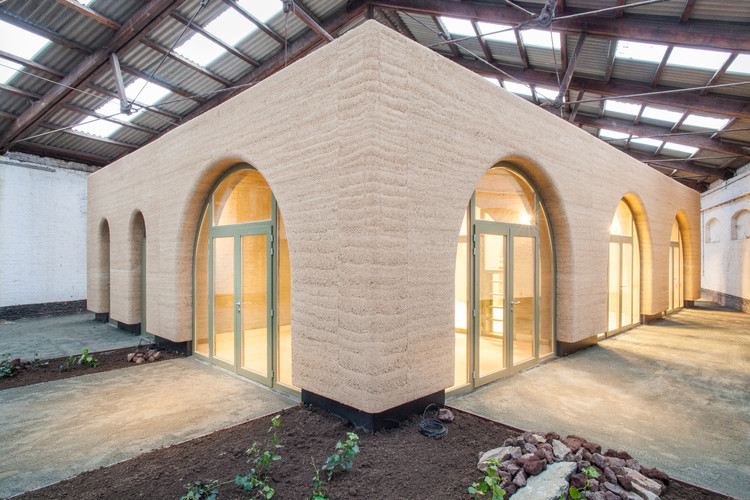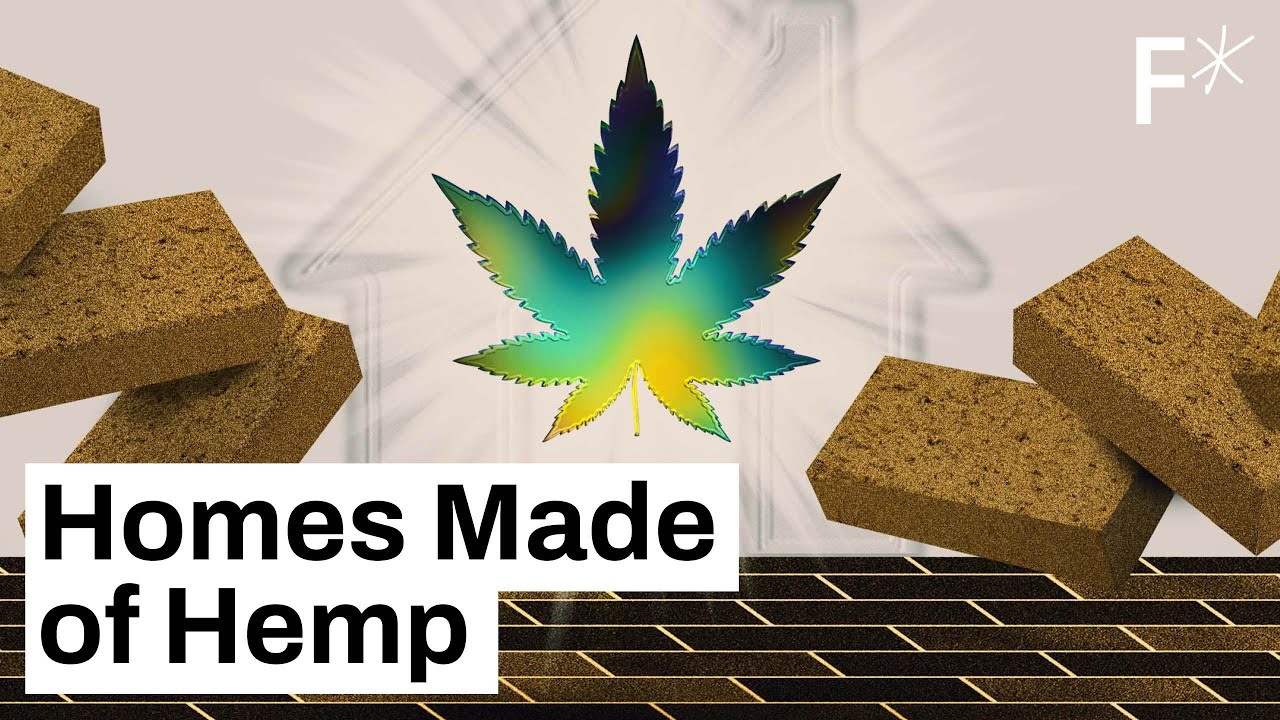Hempcrete - Revolutionizing Home Building With Cannabis-Based Innovation
Derived from the sister plant of cannabis, hempcrete is an innovative carbon-negative building material that is gaining popularity as a greener alternative to concrete.
Author:George EvansJul 31, 2023403 Shares134.4K Views

In the quest for more sustainable construction materials, architects are turning to an unexpected resource: hemp.
Derived from the sister plant of cannabis, hempcreteis an innovative carbon-negative building material that is gaining popularity as a greener alternative to concrete.
Nature's Building Block
Hempcrete is a biocomposite material made from the woody core of hemp stalks, known as hemp shiv. Mixed with a binder, typically lime powder, and water, hempcrete becomes a versatile and durable material.
Its proportions of hemp and lime can vary, depending on its intended use, making it suitable for internal walls, insulation, roofs, attic spaces, and flooring screeds.
The recent construction of a 12-story hotel primarily using hempcrete has drawn attention to its potential in the building industry.

Building homes with hemp | Freethink
The Green Advantages Of Hempcrete
The importance of hempcrete lies in its capacity to sequester carbon dioxide during the hemp plant's growth. Research shows that hemp can capture twice the amount of carbon dioxide compared to trees.
As a result, hempcrete homes lock away carbon dioxide within their walls for as long as the structure stands.
This quality is vital as the building industry currently accounts for a staggering 39% of global energy-related carbon emissions.
Unlike traditional concrete production, which emits significant air pollution during cement manufacture, hempcrete offers a much cleaner alternative.
Cement production relies on fossil fuels to heat limestone and clay, releasing substantial CO2 emissions.
Additionally, concrete relies on nonrenewable sources such as sand and gravel, leading to habitat loss, declining biodiversity, and environmental degradation.
Switching to hempcrete offers a range of benefits for the environment and the buildings themselves.
The material's high vapor-permeability allows moisture to escape easily, reducing the risk of dampness and mildew buildup.
While hempcrete may not be ideal for load-bearing walls, its advantages outweigh its limitations.
Reducing Carbon Emissions With Hempcrete
Hemp's carbon-negative properties extend beyond its growth phase. Hempcrete's excellent insulation capabilities play a crucial role in reducing carbon dioxide pollution.
The air pockets and microscopic spaces within hempcrete effectively store heat, and once the lime binder sets, heat is retained within the material itself.
This slow heat release maintains a constant indoor temperature, reducing the need for excessive heating and cooling. As a result, energy bills and carbon emissions are significantly reduced.
Corey Hughes, CEO of Construction Grade HEMP, highlights hemp's energy efficiency, stating that it can bring down energy bills by up to 15% in a home.
“„Hemp is very energy efficient material. It would usually bring the energy bill down 15% in the home. So you could turn on your heat on Monday and you won’t need to turn it on until Thursday. Turn on your AC on Monday and not again until Tuesday night.- Corey Hughes, CEO of Construction Grade HEMP
With hempcrete's ability to retain heat, occupants enjoy a comfortable living environment while significantly lowering their carbon footprint.
As architects and builders continue to seek sustainable solutions, hempcrete emerges as a game-changing building material.
Its carbon-negative nature, along with its exceptional insulation properties, makes it a viable and eco-friendly alternative to traditional construction materials.
Embracing hempcrete paves the way for a greener and more sustainable future in the building industry.
Final Words
Hempcrete presents a promising solution for the construction industry's quest for sustainable and eco-friendly building materials.
As a carbon-negative material, hempcrete not only captures CO2 during the growth phase but also contributes to reducing carbon emissions through its excellent insulation capabilities.
Its unique properties make it a viable alternative to concrete, offering numerous environmental benefits while providing comfortable and energy-efficient living spaces.
By embracing hempcrete, architects and builders can take a significant step towards building a greener and more sustainable future for our homes and the planet.

George Evans
Author
George Anderson, an exceptional architectural designer, envisions and brings to life structures that transcend the realm of imagination. With an unwavering passion for design and an innate eye for detail, George seamlessly blends form and function, creating immersive spaces that inspire awe.
Driven by a deep appreciation for the interplay of space, light, and materials, George's innovative approach redefines the possibilities of architectural design. His visionary compositions leave an indelible mark, evoking a sense of wonder and transforming the built environment.
George Anderson's transformative designs and unwavering dedication continue to shape the architectural landscape, pushing the boundaries of what is possible and inspiring generations to come.
Latest Articles
Popular Articles